- BIG IDEAS -
What Is Climate Change?
Climate change refers to the long-term changes in global temperatures and other characteristics of the atmosphere.


1. Earth's Climate is Changing
We can see and measure climate changes around the world. Global temperature is warming, weather patterns are changing, polar ice is melting, and sea level is rising.
Climate has changed throughout Earth's long history, but this time it's different. Human activity is causing worldwide temperatures to rise higher and faster than any time we know of in the past.
Can we make a difference by changing the way we live? Yes. The choices we make today could reduce the chances of the most serious potential consequences. But it will take everyone working together around the world.
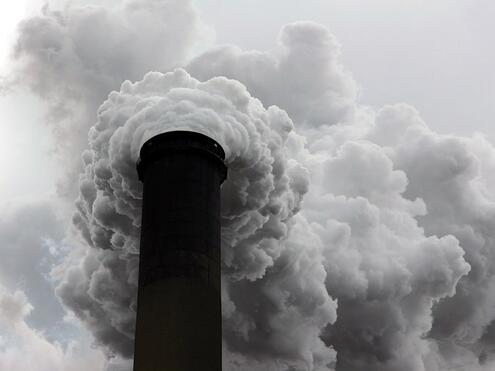
Human activity is causing the climate to warm more quickly than any time in the past.
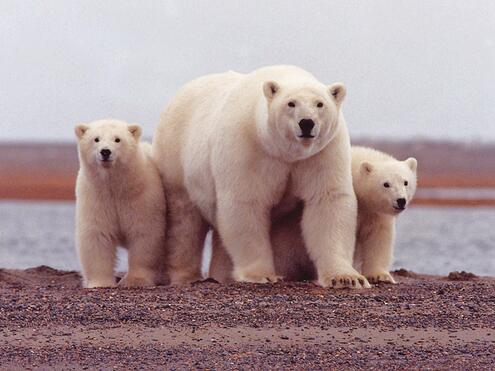
Climate change is threatening plants, animals, and their habitats.




2. The Atmosphere Keeps Our Planet Warm
Throughout our planet's history, global temperatures have risen and fallen naturally. But it has never become too hot or too cold for life to exist. That's because Earth is wrapped in its own protective blanket of air, a mixture of gases called the atmosphere.
The atmosphere lets in energy from the Sun . Earth’s surface reflects some of the energy and absorbs the rest. It then re-emits the absorbed energy as heat energy. Certain gases in the atmosphere absorb the heat energy. This causes the atmosphere near Earth’s surface to warm to temperatures that allow plants and animals (including humans!) to live. This process is called the “greenhouse effect” because the atmosphere holds in heat like the clear walls of a greenhouse.
The heat-absorbing gases in the atmosphere are called greenhouse gases. Some of the main greenhouse gases include carbon dioxide , water vapor, methane, and ozone. And the more greenhouse gases there are, the warmer Earth gets.
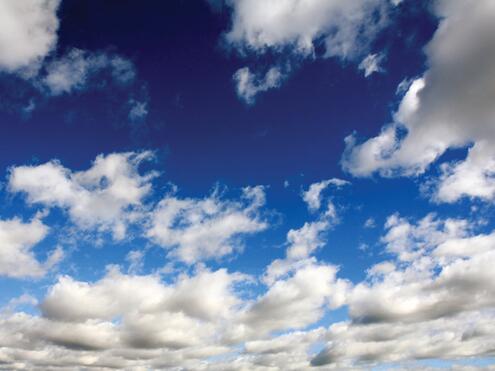
The atmosphere has kept Earth livable for nearly 4 billion years.
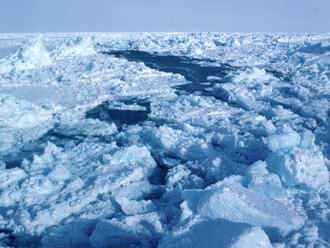
Without the atmosphere, Earth's entire surface would be frozen all the time.




3. Carbon Dioxide in the Atmosphere is Rising
Human actions are causing Earth to warm by increasing the amount of carbon dioxide in the atmosphere. Today, there's more carbon dioxide in the air than anytime in at least 800,000 years. That's 8,000 centuries!
The main way that humans are increasing the amount of carbon dioxide in the atmosphere is by burning fossil fuels . When we burn fossil fuels, we are rapidly releasing carbon that had been locked within Earth into the atmosphere. This carbon combines with oxygen in the air to form carbon dioxide.
Other ways humans are increasing carbon dioxide levels cutting down trees and production of cement. Trees are like sponges that remove carbon dioxide from the air through photosynthesis. To make matters worse, we also burn trees. This quickly releases carbon dioxide into the atmosphere. Manufacturers heat up the naturally occurring rock called limestone which is composed almost entirely of the mineral calcite (CaCO3) to break it down to get lime, or CaO, which is a key ingredient for cement, This process releases CO2 as a bi-product.
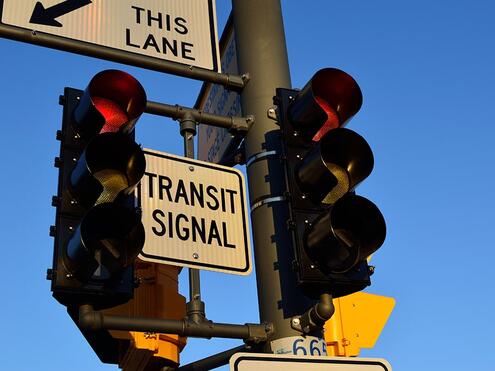
Most of our electricity comes from coal.
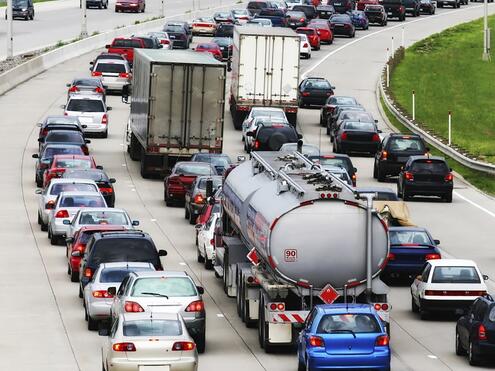
Humans refine oil to produce gasoline and diesel fuel.




4. The Climate System is Complex
The climate system can be complicated to study. That's because it's an interaction between the, atmosphere, ocean, land, ice, and living things.
To study climate, scientists analyze temperature readings from weather stations around the world. And to measure the temperature and chemistry of the ocean, scientists rely on information from satellites, buoys spread across the oceans, and ships.
To understand how climate is changing, scientists need to look back into Earth's past — back hundreds, thousands, and even millions of years. For this information, they find clues from Earth itself, like tree rings, deep-sea sediment, corals, ice sheets in Antarctica and Greenland and glaciers on tops of mountains.
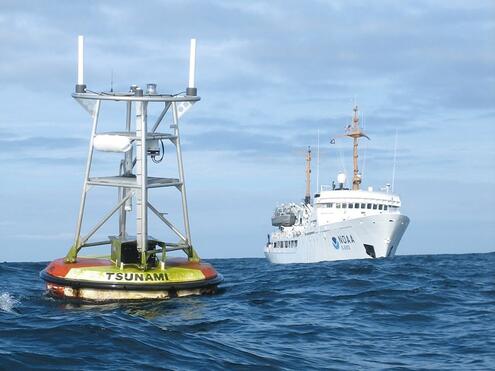
Buoys measure the ocean's temperature and chemistry.
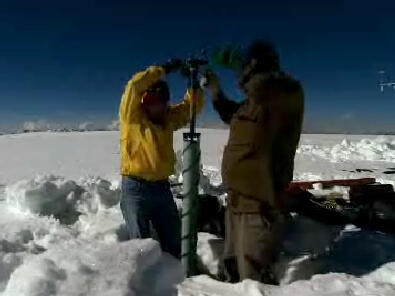
Ice cores hold clues about past temperatures and CO2 concentrations.




5. Weather May Become More Extreme
Climate change is already affecting the weather. It is having a big impact on our world and all its living things, including us.
Heat waves have become more frequent and more intense. These long periods of heat threaten crops, animals, roads, and people.
Hurricanes could become more powerful, driven by warmer oceans. This puts coastal areas at greater risk.
Intense rainstorms and flooding have become more common. As ocean temperatures rise, so does evaporation. Extra water vapor in the air leads to more rain and snow.
Droughts are becoming more intense and happening more often in drier areas. Hotter soils get drier faster. There is less water in the soil to evaporate into the air, so there is less rainfall.
Droughts, floods, and forest fires may reduce global food and water supplies.
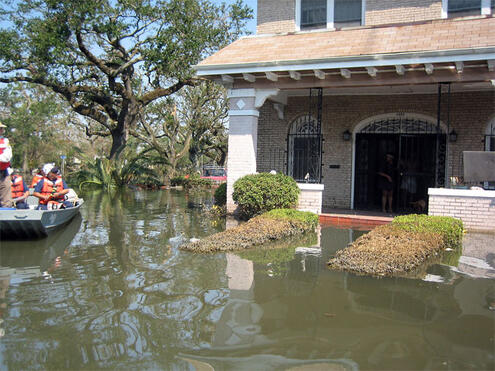
Heavier rainstorms can bring flash floods, especially near rivers.
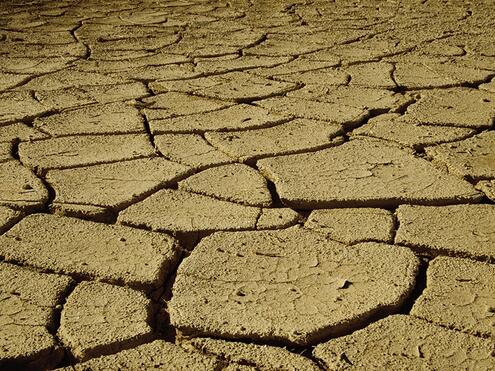
There may be longer, hotter summers, causing more droughts and wildfires.




6. Melting Ice Affects the Whole World
As temperatures warm, ice is melting at Earth's poles in Antarctica and Greenland. The impact will be global.
Sea levels on the rise: Melting is increasing the flow of the Antarctic and Greenland ice sheets from land into the ocean. As the ice sheets flow towards the ocean they melt, and these reservoirs of fresh water enter the ocean, sea levels are rising. Flooding is already increasing along many coastal areas and over the next century these areas may become submerged.
Habitats harmed: Melting Arctic sea ice and permafrost (frozen land) is disturbing the places where many animals like polar animals and walruses hunt, nest, and breed.
Even warmer temperatures: Polar snow and ice reflect much of the Sun's energy back into space. As areas covered by ice shrink, less energy is reflected and more is absorbed by the ocean, making temperatures warmer. As temperatures rise, more ice will melt and the ocean absorbs even more heat. This further increases global warming.
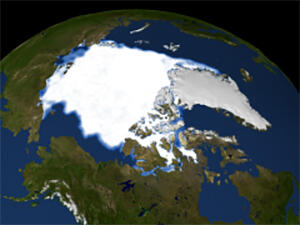
The first satellite image of Arctic sea ice was taken in September 1979.
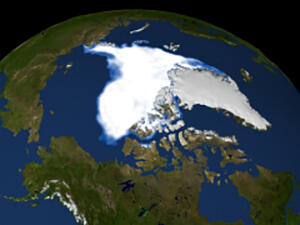
In September 2007, Arctic sea ice covered an area 50% smaller than 1979.




7. Changing Oceans Change Climate
The oceans help control climate by absorbing huge amounts of heat and carbon dioxide from the atmosphere. As climate changes, so will ocean waters.
Threaten marine animals: Over the past 200 years, ocean waters absorbed about 30 percent of the carbon dioxide released by humans. This has changed the chemistry of the water , making it less basic. In other words, the ocean is "acidifying." This makes it harder for shell-forming organisms to grow their shells. Eventually, they could disappear.
Disrupt food chains: Changes in ocean water threaten populations of phytoplankton . These microscopic plants form the base of the ocean's complex food webs, so this could affect animals throughout the ocean.
Increased carbon dioxide in the atmosphere: As plants, phytoplankton use carbon dioxide and sunlight to make their own food through photosynthesis. If their numbers decrease, the oceans won't be able to absorb as much carbon dioxide from the atmosphere.
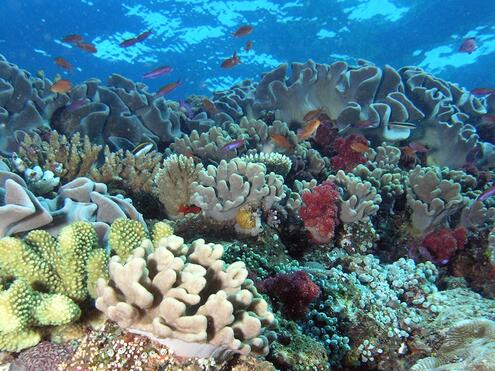
If coral reefs die, species that rely on them for food and shelter are threatened, too.
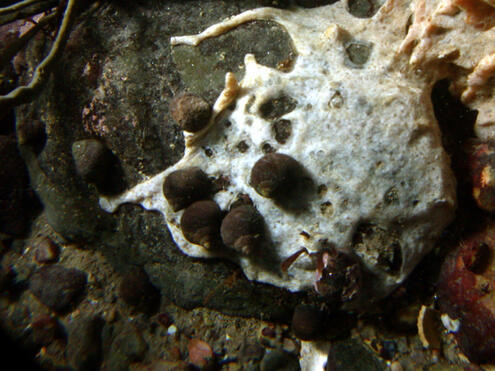
The periwinkle snail uses carbon to thicken its shells to fend off predators.




8. Together, We Can Slow Climate Change
We can work together to lower the amount of greenhouse gases we put into the atmosphere. This means using less energy! We can:
- Take the bus, ride a bike, or carpool.
- Turn off lights and electronics when not using them.
- Recycle and reuse products, since making new stuff requires more energy.
- Plant a tree. Trees absorb carbon dioxide from the air.
- Encourage communities and governments to switch to "clean" energy sources like solar , wind , nuclear , and geothermal power .
There's no single answer to stopping climate change. It's going to take different solutions, with everyone working together.

Next time you shop, bring your own bag instead of taking a new plastic bag.
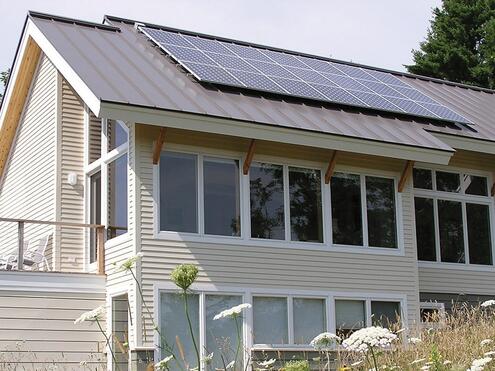
Many "green" buildings use solar panels to generate electricity with sunlight.


Image Credits:
Photos: smokestack, © Ken W. Kiser; polar bears, courtesy of US Department of the Interior; sky, Vanessa Van Ryzin; ice, © USGS; traffic light, public domain courtesy of Open Grid Scheduler / Grid Engine; traffic, © Tony Tremblay; buoy, courtesy of T. P. Walker / NOAA (CC BY 2.0); scientists and ice core, © AMNH; flood, © USGS; Arctic ice cover, © NASA; coral reef, courtesy of Julie Bedford, NOAA PA (CC BY 2.0); periwinkle snail, © USGS; girl with bag, © AMNH; house with solar panels, © Taggart Construction.




 Biodiversity
Biodiversity
 Brain
Brain
 Genetics
Genetics
 Marine BiOLogy
Marine BiOLogy
 MicrobiOLogy
MicrobiOLogy
 PaleontOLogy
PaleontOLogy
 ZoOLogy
ZoOLogy
 AnthropOLogy
AnthropOLogy
 ArchaeOLogy
ArchaeOLogy
 Astronomy
Astronomy
 Climate Change
Climate Change
 Earth
Earth
 Physics
Physics
 Water
Water
